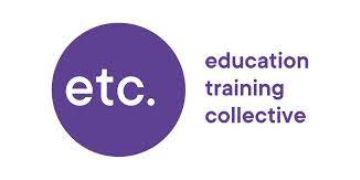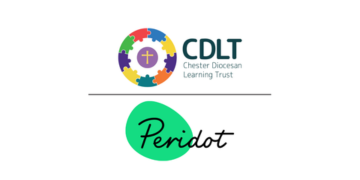As highlighted in Sophos’ State of Ransomware in Education 2024 report, the stakes for educational institutions are staggeringly high. The median ransom payment for ransomware attacks reached $6.6 million (£5.37 million) for lower education institutions and $4.4 million (£3.58 million) for higher education organisations. Moreover, the associated recovery costs are skyrocketing to $3.76 million (£3.06 million) and $4.02 million (£3.27 million) respectively. These figures underscore a chilling reality: the education sector is a prime target for sophisticated cybercriminals, with schools often caught in the crossfire between battling these threats and upholding their reputations for innovation and integrity.
The Growing Cybersecurity Challenge
The rapid digitalisation of education—spanning online learning platforms, AI-driven tools, and administrative systems, across a range of on-premise and cloud environments —has created a fertile ground for cybercriminal activity to take root.
The education sector is a treasure trove of sensitive data including everything from personal student records to proprietary research, making them attractive targets for ransomware operators. According to Sophos’ report, 63% of lower education institutions experienced a ransomware attack in the past year, with 55% of lower education institutions paying more than the initial ransom demand. Even worse, 95% of respondents revealed that attackers attempted to compromise their backups during the attack, and in 71% of cases, they succeeded.
These attacks inflict more than financial strain—they disrupt learning and erode trust. While many schools are facing staff shortages and uninterrupted learning is seen as a cornerstone of institutional reputation, these disruptions can deter prospective students and faculty, irreparably tarnishing reputations.
Balancing Innovation and Security
Despite these challenges, schools can—and must—find a balance between modernisation and cybersecurity. Investing in robust cybersecurity measures not only protects digital assets but also positions schools as leaders in a competitive marketplace.
Here’s how educational institutions can navigate these challenges:
1. Make Cybersecurity Cost-Effective
While budget constraints are a common challenge for educational institutions, there are cost-effective ways to bolster cybersecurity. Scalable solutions such as cloud-based security services and open-source tools offer high levels of protection without draining resources. Investing in data privacy not only safeguards sensitive information but also delivers measurable returns. Here, organisations that prioritised data privacy in 2024 saw their investments pay off by an average of 160%. For schools, these savings can be reinvested in other critical areas, such as academic programs, infrastructure, and improved facilities.
2. Create Proactive Strategies for Cyber Resilience
To stay ahead of cybercriminals, educational organisations must adopt a proactive approach to cybersecurity. The outset of a breach is already too late. Therefore, partnering with cybersecurity vendors, like Sophos, ensures access to expert guidance and advanced security solutions tailored to the unique needs of the education sector. Additionally, educating staff and students on cybersecurity best practices fosters a culture of awareness and vigilance. This dual focus on technology and education not only strengthens an institution’s security framework but also enhances its reputation as a safe, forward-thinking organisation.
3. Focus on Security as a Selling Point
Cybersecurity is no longer a back-end function; it’s a critical feature that can set institutions apart. Prospective students and their families are becoming increasingly aware of the risks associated with data breaches and cyberattacks, and no parent wants to send their child to a school seen as ‘unsafe’. By showcasing robust cybersecurity measures, schools can demonstrate their commitment to safeguarding student data and ensuring uninterrupted education. This commitment builds trust and enhances reputation, making cybersecurity a compelling selling point for institutions aiming to attract top talent.
Securing the Future of Education
Schools, and the education sector as a whole, are facing an undeniable challenge. The twin pressures of digital innovation and cybersecurity threats demand bold, forward-thinking strategies. And they aren’t going anywhere, if anything their likelihood is only increasing by the day.
Sophos stands ready to offer cutting-edge solutions and expert guidance to educational organisations, so that they are able to navigate these challenges with confidence. With the right approach, schools can continue to innovate safely while maintaining the trust and integrity that underpins success.
Secure your institution’s future with Sophos. Learn more about how we’re empowering education to face the cyber threats of tomorrow, today.















Your thoughts